
Key Takeaways
-
Significant Cost Savings: Patients from Western countries save 50%–75% by choosing stem cell hair restoration packages abroad.
-
Comprehensive Care: International packages often include VIP transfers, 4-5 star accommodation, medical tests, and translation services.
-
Stem Cell Hair Therapy Costs by Country:
-
Turkey: All-inclusive packages from $2,500 – $4,500 (includes hotel & transfers).
-
Mexico: Procedure-focused packages from $3,500 – $6,000 (often includes border transport).
-
South Korea: Advanced exosome/stem cell cocktails from $2,500 – $5,000 (focus on high-tech application).
-
USA/UK: Procedure only, typically ranges from $8,000 – $15,000+.
-
What Is Stem Cell Therapy for Hair Loss?
Stem cell therapy for hair loss is a non-surgical regenerative procedure that uses your body's own undifferentiated cells to reactivate dormant hair follicles and stimulate new growth.
Stem cell hair restoration represents a paradigm shift in treating androgenetic alopecia (pattern baldness). Unlike traditional hair transplants that relocate hair follicles, this therapy aims to heal and regenerate the existing follicular environment. The process typically involves harvesting mesenchymal stem cells (MSCs) from your own adipose (fat) tissue or hair follicles. These cells are processed to concentrate their regenerative properties and then injected into the scalp.
Once injected, these cells release potent growth factors and cytokines that signal dormant hair follicles to re-enter the anagen (growth) phase. This process also improves blood flow (angiogenesis) to the scalp, creating a healthier environment for sustainable hair density.
Types of Stem Cell Sources
-
Adipose-Derived Stem Cells (ADSC): Harvested via mini-liposuction; rich in mesenchymal stem cells.
-
Hair Follicle Stem Cells: Extracted from healthy follicles (typically the back of the head).
-
Exosome Therapy: Uses signaling molecules derived from stem cells rather than the cells themselves to boost cellular communication.
Benefits of Stem Cell Hair Treatment
This therapy offers a minimally invasive alternative to surgery with faster recovery, natural-looking density improvement, and the potential to thicken existing hair strands.
Patients opting for this regenerative medicine approach often choose it for its "lunchtime procedure" convenience. Key benefits include:
-
Minimally Invasive: No scalpel incisions or stitches required (unlike FUT transplants).
-
Short Recovery: Most patients return to normal activities within 24–48 hours.
-
Natural Density: It thickens existing miniaturized hairs, creating a fuller look without the "pluggy" look of older transplant methods.
-
Reduced Inflammation: Stem cells have powerful anti-inflammatory properties that can help with conditions like alopecia areata.
Did You Know?
A 2017 study found that patients treated with stem cell therapy saw an average 29% increase in hair density within 23 weeks, compared to less than 1% in the placebo group.
Candidates for Stem Cell Hair Restoration
Ideal candidates are men and women in the early to moderate stages of hair loss who still have active, albeit miniaturized, hair follicles.
This treatment is most effective for individuals who are not completely bald. Since the therapy relies on stimulating existing follicles, there must be viable follicles present to reactivate.
You are a good candidate if:
-
You have male pattern baldness (Norwood scale 1-3) or female pattern hair loss.
-
You have thinning hair but not a completely shiny/smooth scalp.
-
You want to avoid the downtime and scarring of surgery.
-
You have adequate donor tissue (fat) for harvesting.
You may NOT be a candidate if:
-
You have extensive, long-term baldness (follicles may be dead).
-
You have active scalp infections or uncontrolled autoimmune diseases.
The Procedure: Step-by-Step
The process is a three-step outpatient procedure involving harvesting, processing, and injection, typically taking 2 to 4 hours.
-
Harvesting: Under local anesthesia, a small amount of fat (about 50-100cc) is extracted from the abdomen or flank via a mini-liposuction technique. Alternatively, a small skin punch biopsy is taken for follicle-derived cells.
-
Processing: The harvested tissue is spun in a centrifuge to separate the Stromal Vascular Fraction (SVF), which contains a high concentration of stem cells and growth factors.
-
Activation & Injection: The concentrated stem cell solution is activated and then carefully injected into the thinning areas of the scalp using micro-needles.
Expert Insight: "The success of stem cell therapy relies heavily on the viability of the harvested cells. Clinics using closed-system processing kits tend to have higher cell survival rates and lower infection risks compared to open manual processing."
Cost of Stem Cell Hair Therapy: Global Comparison
Stem cell hair therapy costs vary wildly by location, with Turkey and Mexico offering packages 70% cheaper than US clinics.
Price is a major factor for patients. Below is a breakdown of average costs for a complete treatment session.
|
Country |
Average Cost (USD) |
Package Inclusions |
|---|---|---|
|
USA / UK |
$8,000 – $15,000+ |
Procedure only. Consultation often extra. |
|
Turkey |
$2,500 – $4,500 |
All-Inclusive: 3 nights 5-star hotel, VIP transfers, translation, procedure, meds. |
|
Mexico |
$3,500 – $6,000 |
Procedure, ground transport to border (San Diego/Texas), lunch. Hotel often extra. |
|
South Korea |
$2,500 – $5,000 |
Procedure, scalp scaling, LED therapy. Accommodation usually extra. |
|
Thailand |
$3,000 – $5,500 |
Procedure + Transfer. Often combined with wellness retreats. |
Understanding the Package Value
-
Turkey: Known for the "Red Carpet" experience. You land, and a driver takes you to a luxury hotel. The price you see is usually the final price you pay.
-
Mexico: Convenient for US/Canada patients. High medical standards (often US-trained doctors). Great for short trips.
-
South Korea: The global capital of aesthetic innovation. Expect advanced "cocktails" mixing stem cells with exosomes and DNA fragments (PDRN) for boosted results.
Recovery and Aftercare
Recovery is rapid with mild swelling or soreness for 2-3 days; strict sun protection and avoiding strenuous exercise for a week is recommended.
Timeline:
-
Day 1 (Procedure): Mild tenderness at the donor site (belly) and scalp.
-
Day 3: Most swelling subsides. You can wash your hair gently.
-
Week 1: Avoid heavy lifting to protect the donor site.
-
Month 3-6: New hair growth becomes visible. Hair texture improves.
Crucial Aftercare Tips:
-
Avoid anti-inflammatory meds (NSAIDs) for 1 week (inflammation is part of the healing trigger!).
-
Do not smoke; nicotine constricts blood vessels and kills stem cells.
-
Use prescribed sulfate-free shampoos.
Risks and Side Effects
While generally safe using autologous (your own) cells, risks include temporary shedding, infection at injection sites, or lack of visible results.
Because the cells are your own, the risk of allergic reaction or rejection is virtually zero. However, medical tourism patients should be aware of:
-
Shock Loss: Temporary shedding of existing weak hairs before new growth starts (common and normal).
-
Infection: Rare, but possible if sterile protocols aren't followed.
-
Variable Results: Results are not guaranteed and vary based on individual biology.
Frequently Asked Questions (FAQ)
Is stem cell hair restoration FDA approved?
The procedure itself is often considered "practice of medicine" and uses your own tissue, so the drugs aren't regulated like mass-market pills. However, the devices used to process fat must be FDA-cleared in the US. In other countries, local health ministries regulate these procedures.
How long does stem cell hair therapy last?
Results are long-lasting but not permanent in the way a transplant is. Most patients enjoy increased density for 3 to 5 years. Maintenance sessions (often PRP or Exosomes) may be recommended annually to sustain results.
Can stem cells regrow hair on a completely bald head?
No. Stem cells need a "seed" (a dormant follicle) to water. If the follicle is dead and scar tissue has formed (shiny baldness), stem cells cannot generate a new organ. A hair transplant is better for advanced baldness.
What is better: PRP or Stem Cell Therapy?
Stem cell therapy is generally considered more potent than PRP (Platelet-Rich Plasma). While PRP releases growth factors for a few hours/days, stem cells can continue to release signals for weeks and differentiate into helpful tissue types. Stem cells are often 5-10x more expensive than PRP.
Is the procedure painful?
Most patients report minimal discomfort. Local anesthesia is used for both the liposuction (fat harvesting) and the scalp injections. You are awake but numb.
How soon will I see results?
Regeneration is biological, not cosmetic. You will typically see improved hair texture in 3 months and visible density increase by 6 months. Full results take up to a year.
Why Choose PlacidWay for Your Stem Cell Hair Therapy?
Navigating the world of medical tourism can be overwhelming. PlacidWay removes the guesswork and risk, bridging the gap between you and world-class regenerative medicine.
-
Certified Excellence: We only partner with clinics that possess international accreditations (JCI, ISO) and proven safety records in stem cell handling.
-
Price Protection: Get the direct clinic price—no hidden agency markups. We often negotiate exclusive packages for our users.
-
Personalized Guidance: From verifying the specific type of stem cell therapy offered (Adipose vs. Bone Marrow) to arranging your airport pickup, our team guides you through every step.
Ready to restore your hair and confidence?


.png)


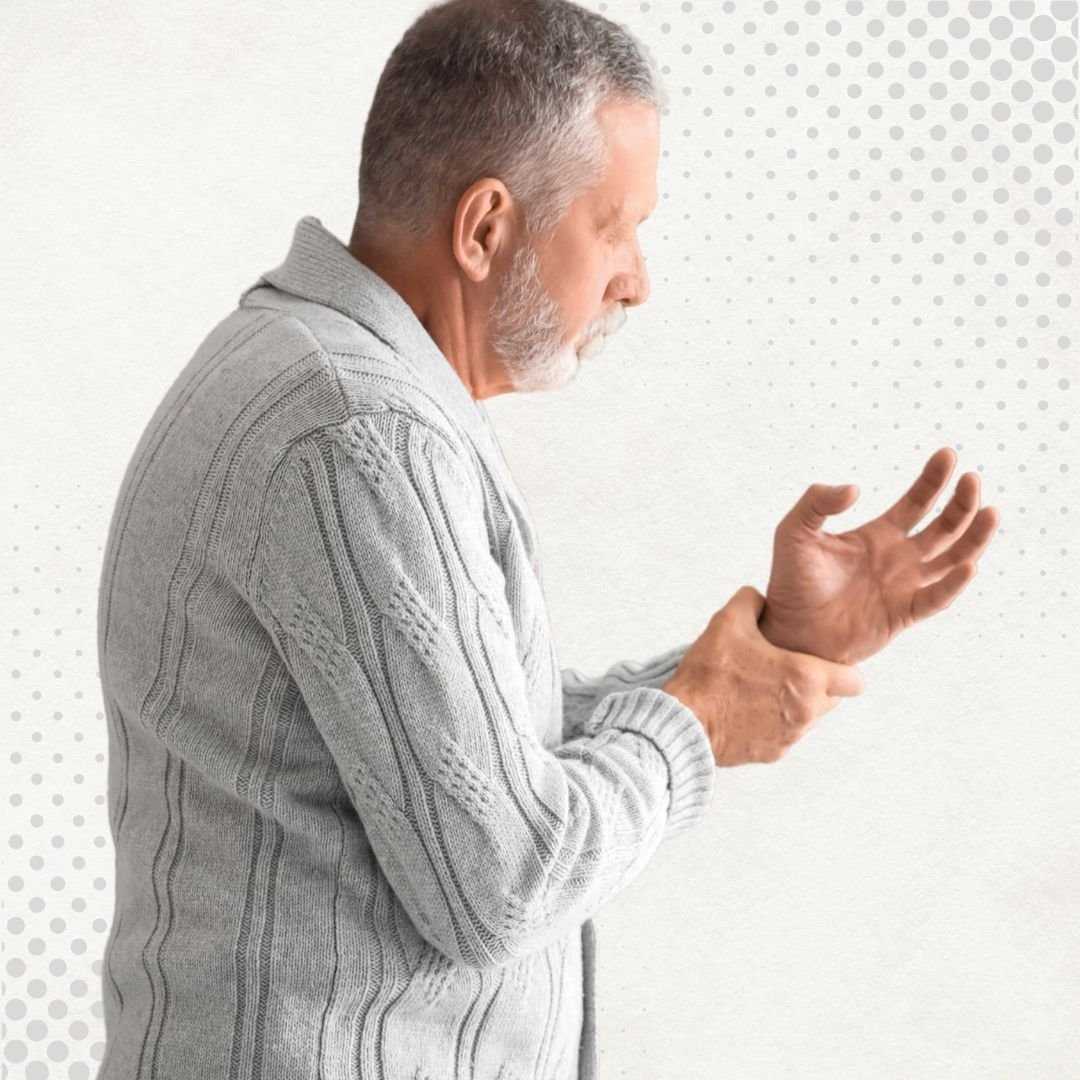

.png)
.png)
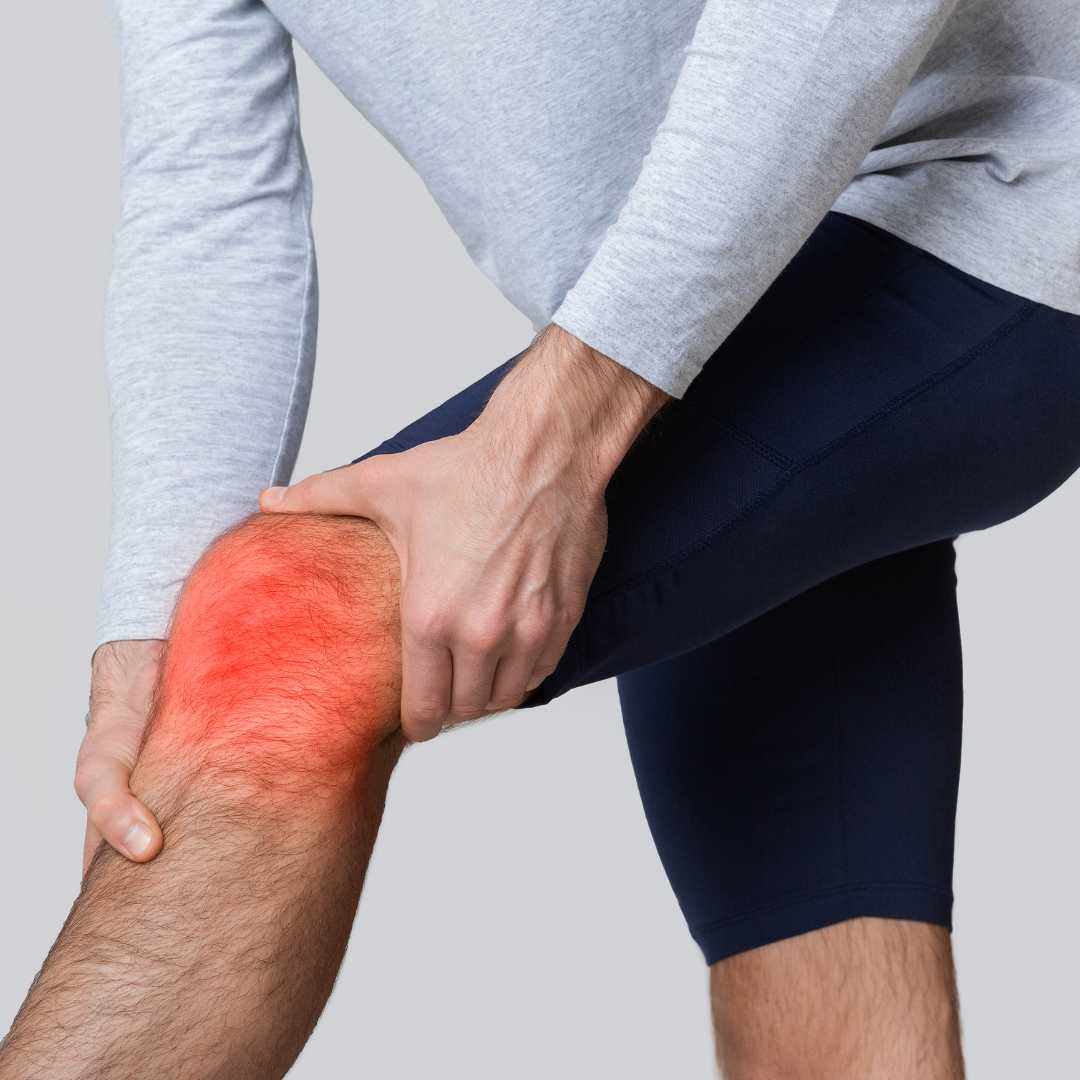

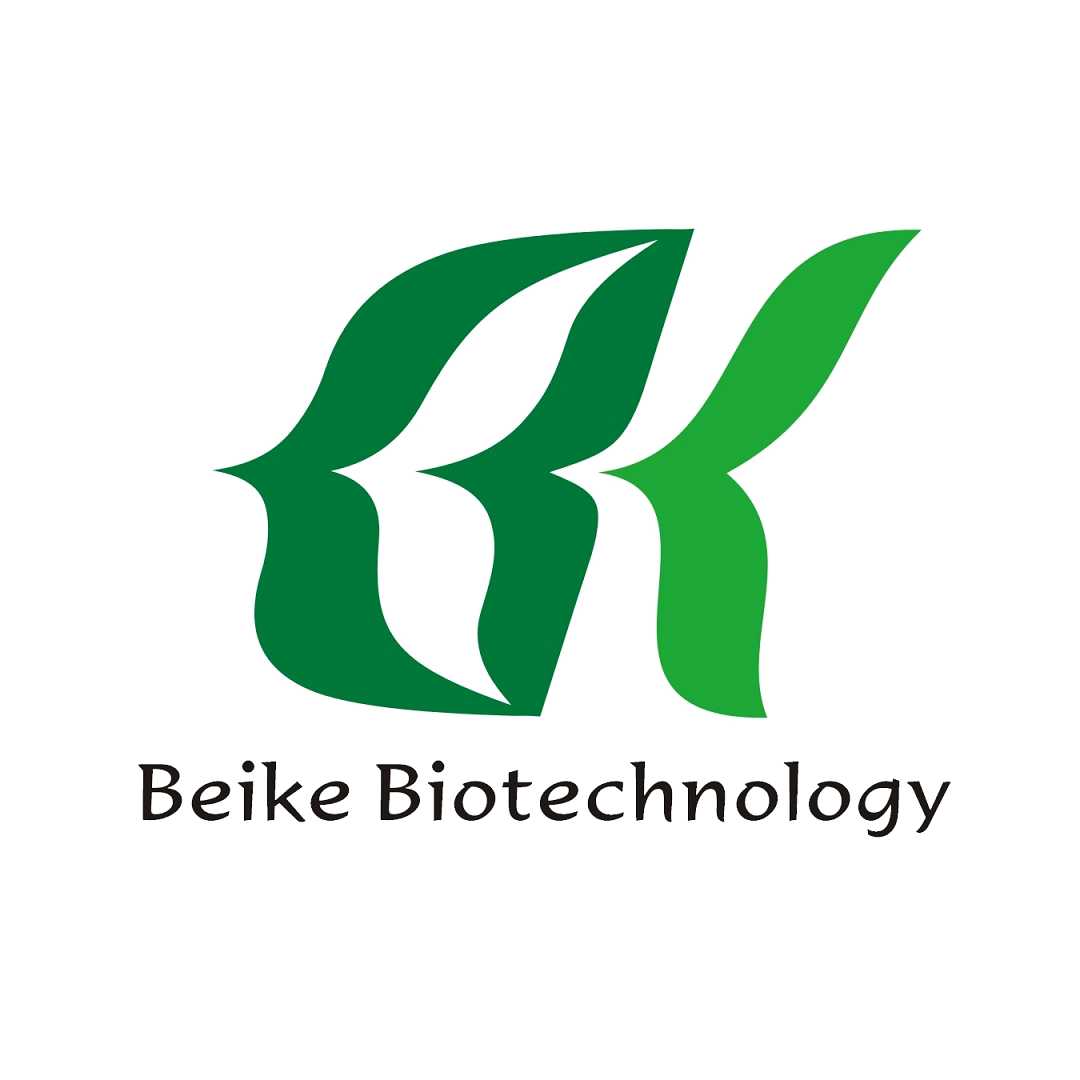
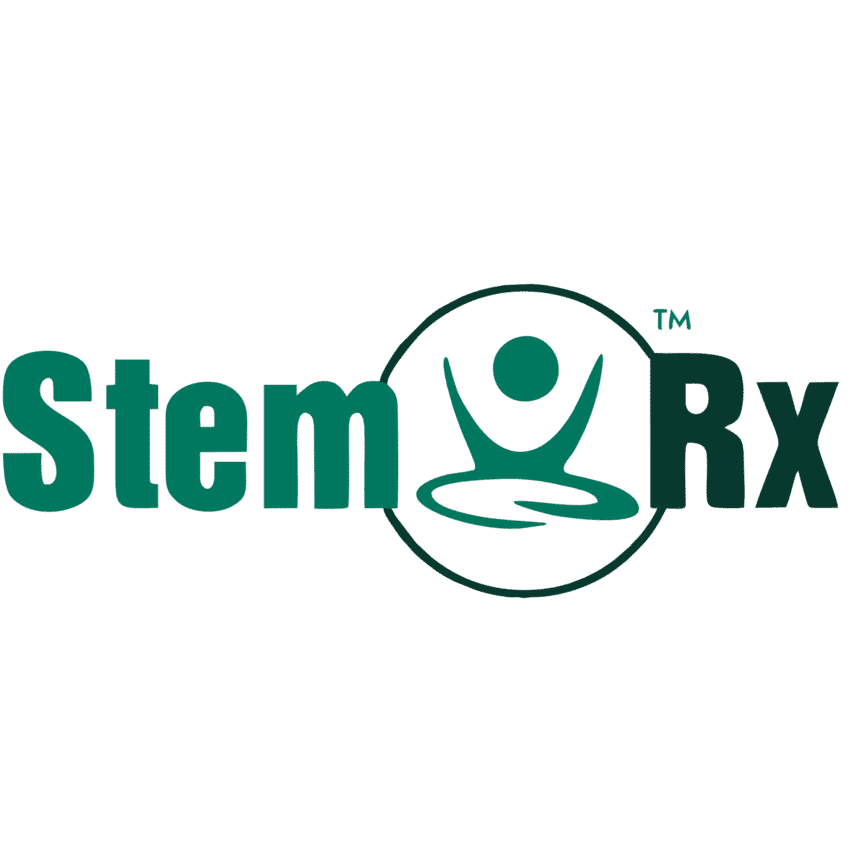
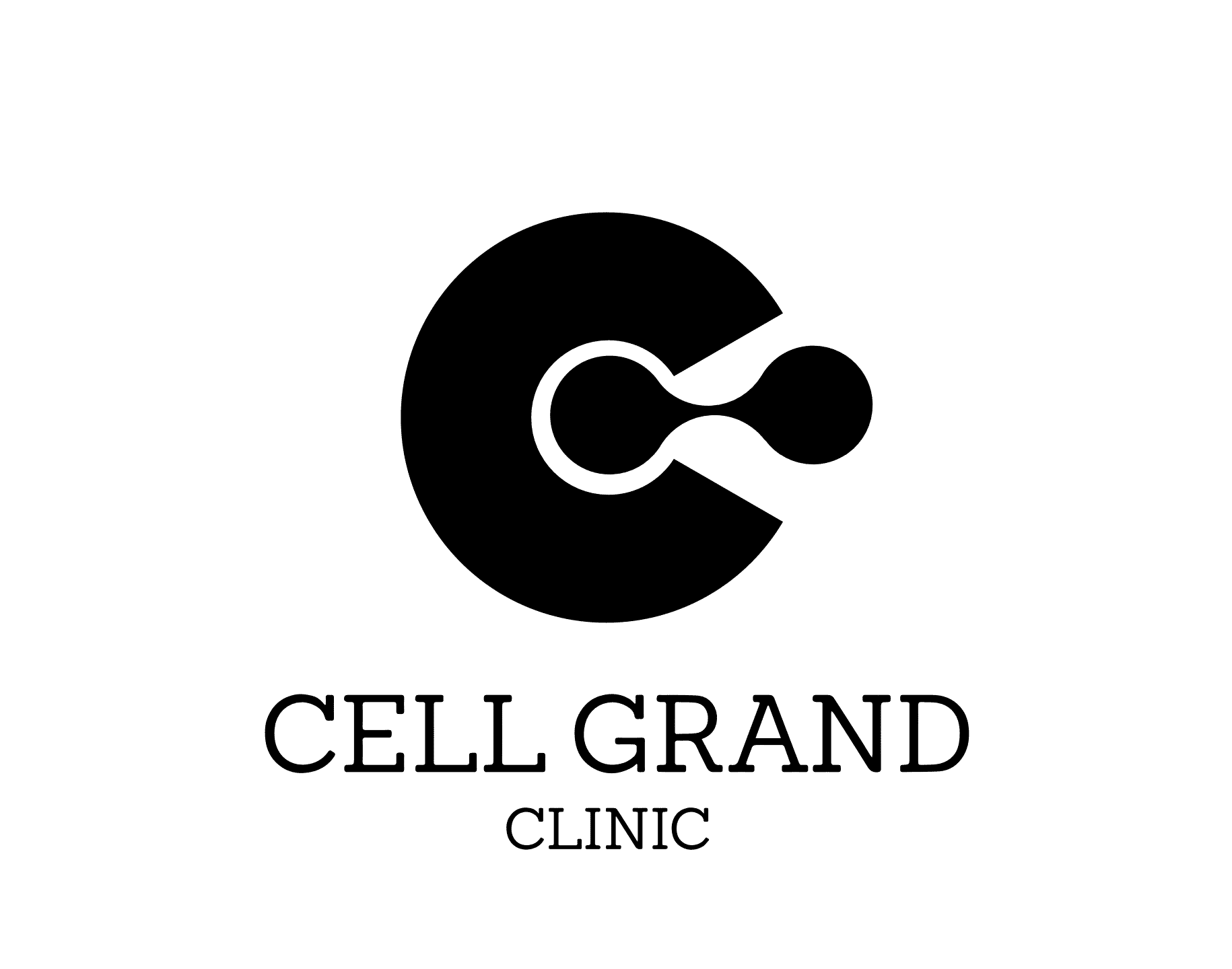
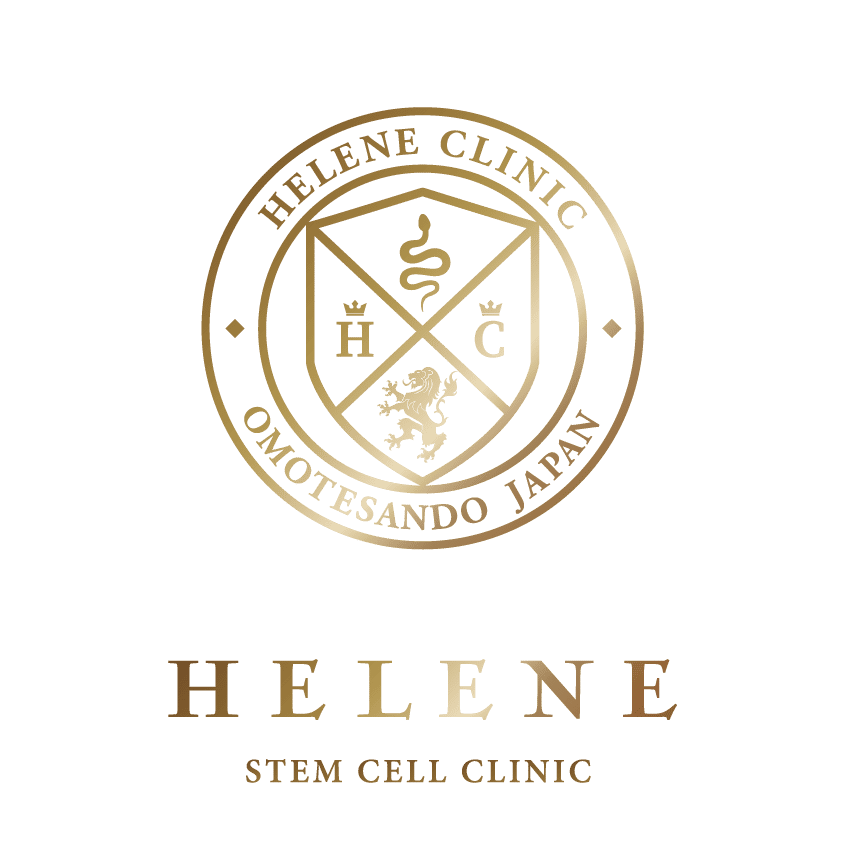

Share this listing